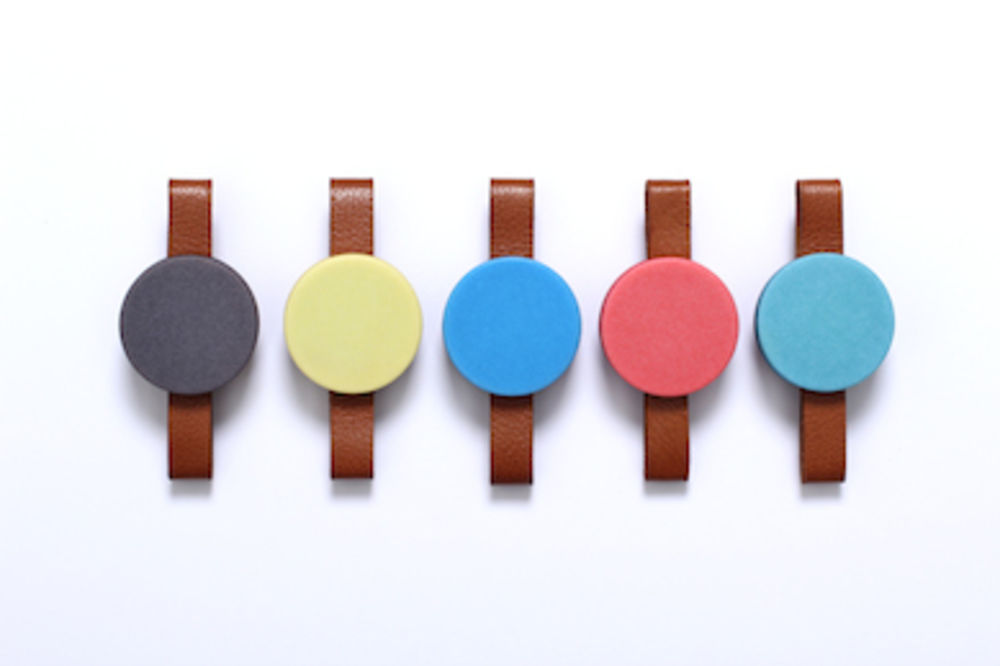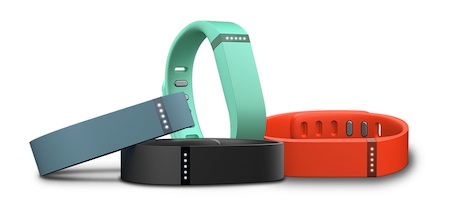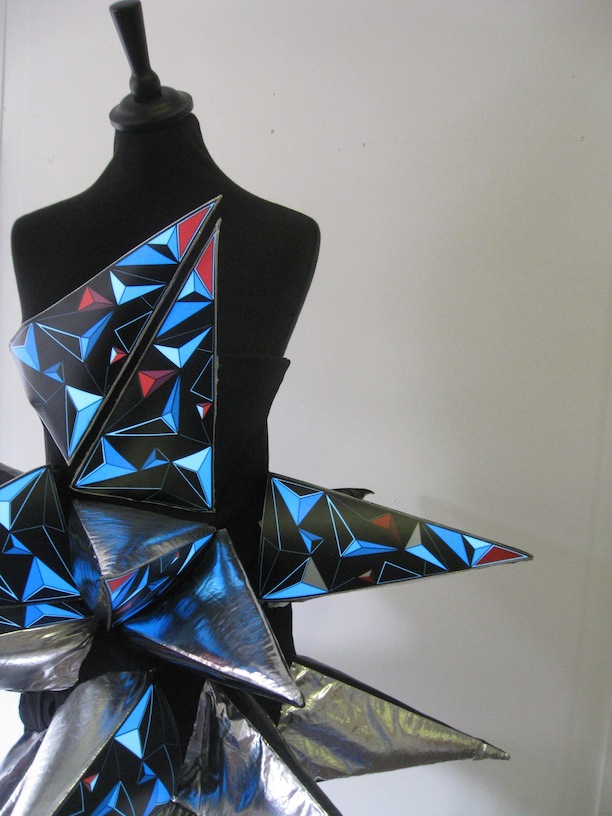
No sooner had Google announced the invention of its game-changing Google Glass, a headset that enables users to take a photo, send a message and much more with a simple voice command, than a term had been coined to describe its fans: “glassholes”. Why? Because, while Google Glass might be clever technology that is sending the tech-world into a spin, with would-be users queueing up to pay $1,500 to join the elusive Glass Explorer Program, those wearing the Robocop-style specs can’t help but look a bit silly.
This is not an isolated problem. At the inaugural Global Wearable Tech Ecosystem Event held in Los Angeles in December 2013, concerns were raised about the speed of software and data protection. But biomedical engineer Marco Della Torre identified the greatest challenge to the market with a single tweet: “Build something people will want to wear 24-7 – not have to wear for the benefit of the features.” For an industry that relies on people actually putting stuff on, the wearable technology market has one fundamental flaw: most of its products are so inelegant that none but the most devoted nerds would ever wish to be seen in them.
So far. But with wearables proving big business – the market for fitness wearables alone will be worth $5 billion by 2016, according to research firm Gartner – a new wave of designers is embracing the possibilities of this potentially lucrative market. Manufacturers are making great strides to make wearable tech not just wearable, but fashionable.
Alex Kozloff, head of mobile at The Internet Advertising Bureau (IAB UK), the trade association for digital advertising, notes that wearables were a key theme at this year’s Mobile World Congress. “There's a whole range of colours on show at Sony, some embellished with crystals – it’s not just about showing one black wearable wristband. Whether you like the designs or not, the fact that Sony would devote so much valuable exhibition space to the range of styles shows the importance of getting the design element right.”
To date, health and fitness devices are by far the strongest market leader in wearable tech. Innovations such as Nike FuelBand and Fitbit, both made of understated moulded rubber, demonstrate how wearables are adopted when technical functions are disguised with understated design. There is much speculation surrounding the as-yet-unconfirmed new smartwatch from Apple, a potential rival to Samsung’s Gear 2 model, which focuses on health and fitness tracking.

The fashion world, it seems, is also taking note. As Lizzy Pollott, client services director at Cake PR agency, observes: “It was no surprise that wearable technology dominated the Consumer Electronics Show (CES) in the US in January. More surprising is that it is also starting to feature heavily in fashion shows. From Diane von Furstenberg decking her models out in Google Glass last autumn to CuteCircuit’s mobile-controlled outfits at New York Fashion Week, manufacturers are making great strides to make wearable tech not just wearable, but fashionable.”
There has been so much buzz around wearables that you have to be cautious, but there is a huge opportunity. At the same CES event, Intel announced it was joining forces with Barneys, Opening Ceremony and the the Council of Fashion Designers of America to explore creative ways to make wearable technology that people would want to put on. The project will launch with a design-led smart bracelet. In New York, a small team of engineers, working alongside product designer Christina Mercando, is preparing to launch Ringly, the first attempt at smart jewellery that connects to a person’s phone and notifies them when there’s an incoming call or text.
Then there is fashion design which is incorporating technology directly into its clothing. Some attempts at this have caused a stir in the media, but often for the wrong reasons. Japanese lingerie brand Ravijour, for instance, created a “smartbra” which, according to its manufacturer, only unfastens when the wearer reaches the pulse rate associated with “true love”. And the Haute Couture Twitter Dress, a marketing idea commissioned by EE and worn by celebrity singer Nicole Scherzinger, illuminates in real time in response to incoming tweets.
Beyond gimmicks, designers are experimenting with the aesthetic possibilities of fashion and technology intersecting. Dutch designer Daan Roosegaarde created the Intimacy dress, which has a deliberately suggestive form that becomes increasingly transparent as the wearer’s body temperature rises. Studio XO, based in London, also regularly experiments with embedded technology. Its Bubbelle Dress design, developed with Philips Design, is made up of electronic bubbles that illuminate in different ways when in contact with the wearer’s skin and has been worn by Lady Gaga.

Designer Amy Winters has created a collection called Rainbow Winters, which includes pieces that respond to light, sound and sun. She has been incorporating such innovations into her designs since launching her label in 2010. Winters originally trained in theatre design and her work involves research on how technology and fabric can work together, which led her to begin a project on holographic leather. The problem with wearable tech, according to Winters, is that its products don’t consider the wearer enough. “They are designed by engineers – essentially gadget makers – rather than designers,” says Winters. But she does believe fashion and technology are natural bedfellows. “Both reflect the times we live in and both seek to advance.”
This user-centric approach has already been adopted by Google, which recently launched a new series of Glass gadgets, this time with camera technology attached to a pair of understated and wearable titanium frames. And Nike has launched limited-edition versions of its FuelBand with touches of gold and silver that add purely aesthetic value.
It’s impossible to tell how far, and where, the wearables market will go at this early stage in its development. But Alex Kozloff is hopeful, if circumspect. “There has been so much buzz around wearables that you have to be cautious, but there is a huge opportunity,” she says. “As long as producers get both the usefulness and the design right, in 10 or even five years we could expect to see wearables becoming mass technology.”
Originally printed in Protein Journal #12


